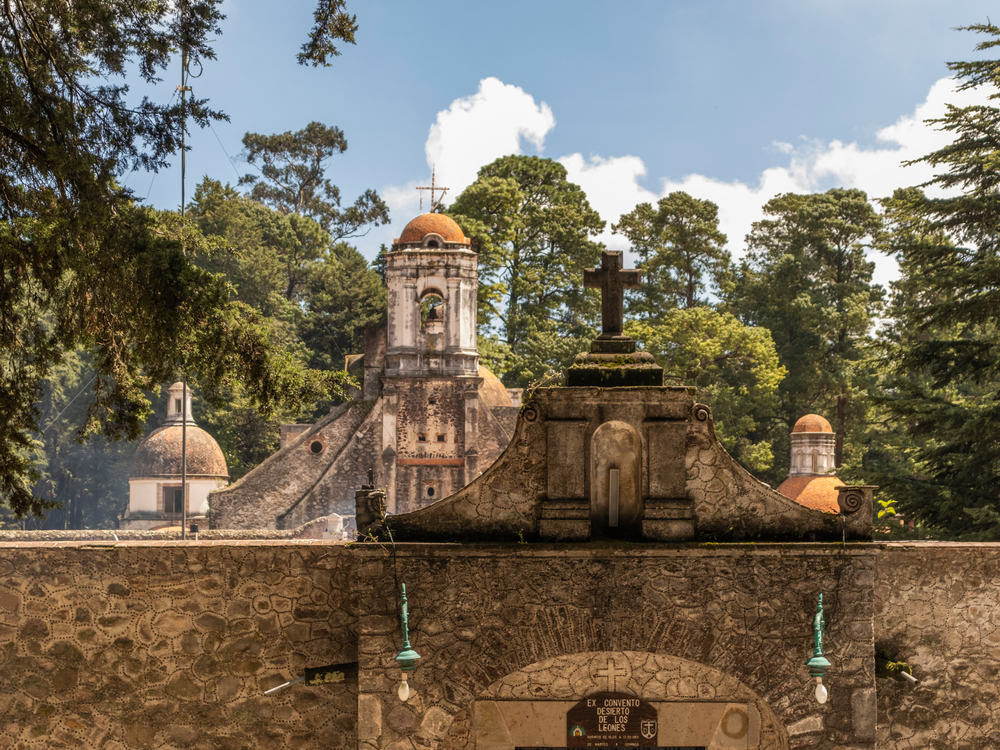Bosencheve Overview
Bosencheve National Park, known as Parque Nacional Bosencheve in Spanish, is a protected natural area located in the central region of Mexico, within the states of Mexico and Michoacán. The park covers approximately 52 square miles (135 square kilometers) and is part of the Trans-Mexican Volcanic Belt.
This park is known for its diverse landscapes, ranging from dense coniferous forests to open grasslands and mountainous terrain. It is home to the Bosencheve Lagoon and several streams that contribute to the hydrological system of the region. The rugged topography features rolling hills and steep slopes covered in pine and fir forests, creating a cool and humid climate that supports rich biodiversity.
The park’s flora consists primarily of temperate forests dominated by species such as Montezuma pine, sacred fir, and Mexican white pine. In some areas, oak forests and mixed woodlands add to the diversity of vegetation.
The presence of high-altitude grasslands further enriches the ecosystem, offering habitat to a variety of wildlife. During certain seasons, wildflowers bloom, adding vibrant colors to the green landscape. The park’s dense vegetation and pristine conditions make it a vital ecological corridor for wildlife movement between different regions of central Mexico.
Wildlife in Bosencheve National Park includes several species of mammals, birds, and amphibians. The park is home to elusive large mammals such as the white-tailed deer and bobcats, along with smaller species like raccoons, skunks, and various rodents. The park is also known to shelter the puma, though sightings are rare due to their secretive nature.
Avian life is particularly diverse, with hawks, woodpeckers, and owls commonly spotted in the forested areas. The region’s wetlands and water bodies provide habitat for migratory birds, making it a key area for birdwatching enthusiasts. Amphibians, such as salamanders and frogs, thrive in the park’s humid microclimates, further enriching its biodiversity.
Visitors are drawn to Bosencheve National Park for its natural beauty and recreational opportunities. The park’s trails provide excellent hiking and nature-watching experiences, offering opportunities to explore the diverse terrain.
The Bosencheve Lagoon is a scenic highlight, attracting visitors for picnicking, photography, and quiet reflection. Given the park’s location and relatively undisturbed nature, it is an ideal place for camping and ecotourism activities. The forested areas provide a refreshing retreat for those seeking solitude in nature.
One of the main conservation challenges facing the park is deforestation, largely due to illegal logging and land-use changes in the surrounding areas. Habitat fragmentation poses a threat to the movement of key wildlife species, particularly large mammals that require extensive ranges.
However, conservation efforts, including reforestation programs and stricter environmental regulations, have been implemented to combat these issues. The park’s management prioritizes ecological restoration and sustainable tourism practices to maintain its biodiversity.
Continued collaboration between conservation organizations and local communities is essential to preserving Bosencheve National Park’s ecological integrity for future generations.
Park Map
Bosencheve National Park Highlights
Share your clicks with us
Related National Parks More Mexico

Arrecife de Puerto Morelos National Park
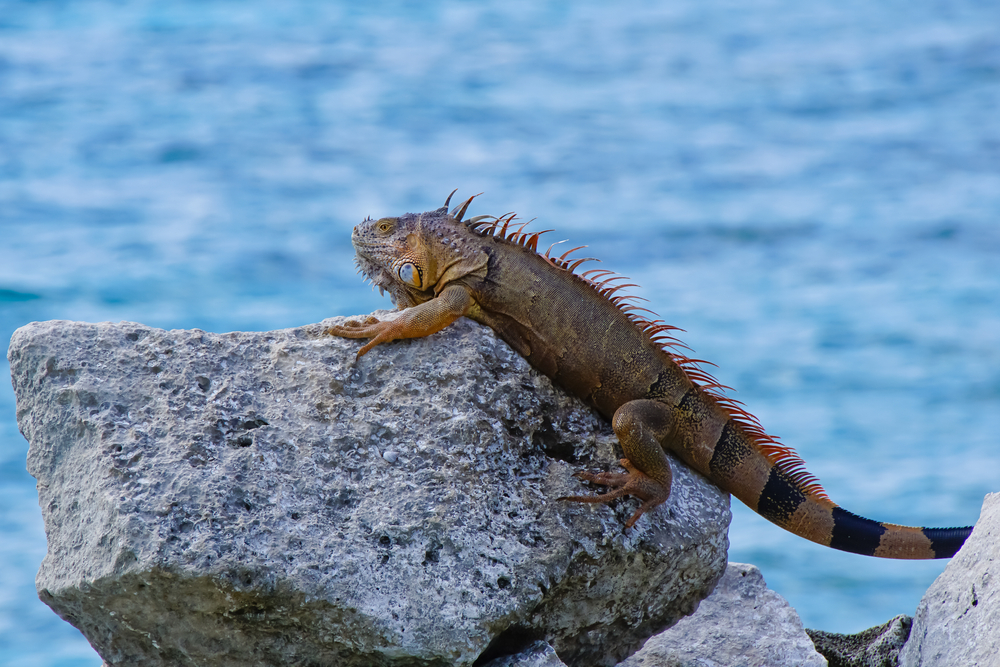
Arrecifes de Cozumel National Park

Arrecifes de Xcalak National Park

Bahía de Loreto National Park
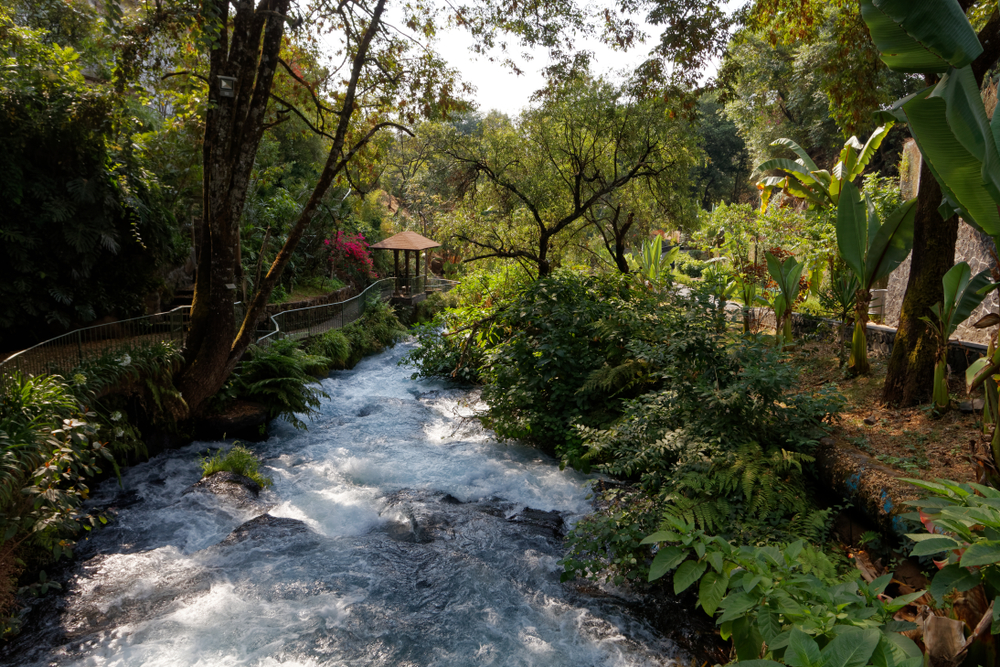
Barranca del Cupatitzio National Park
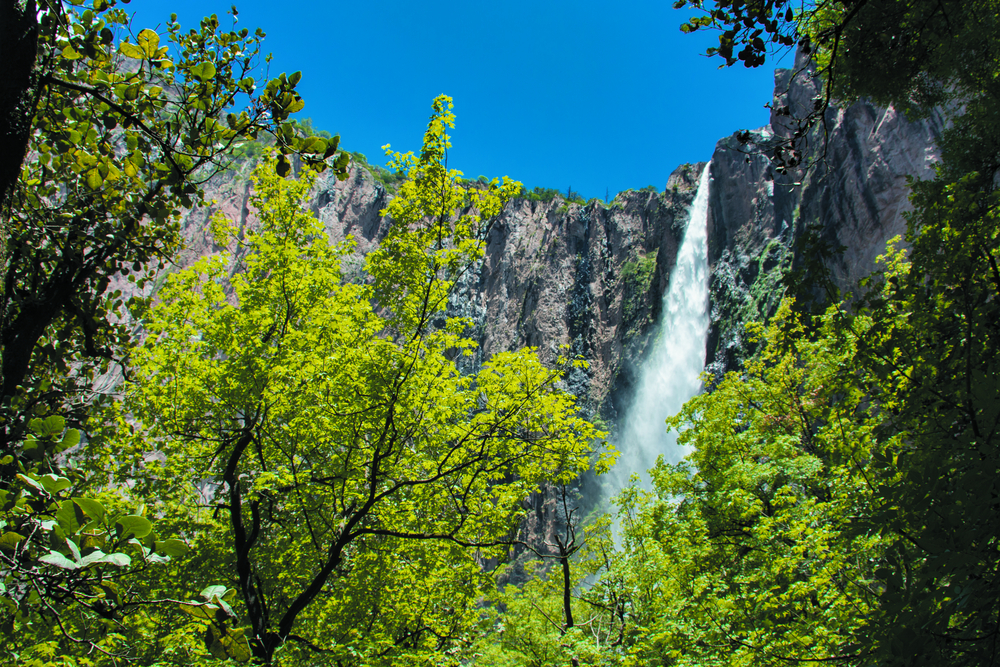
Basaseachic Falls National Park

Benito Juárez National Park
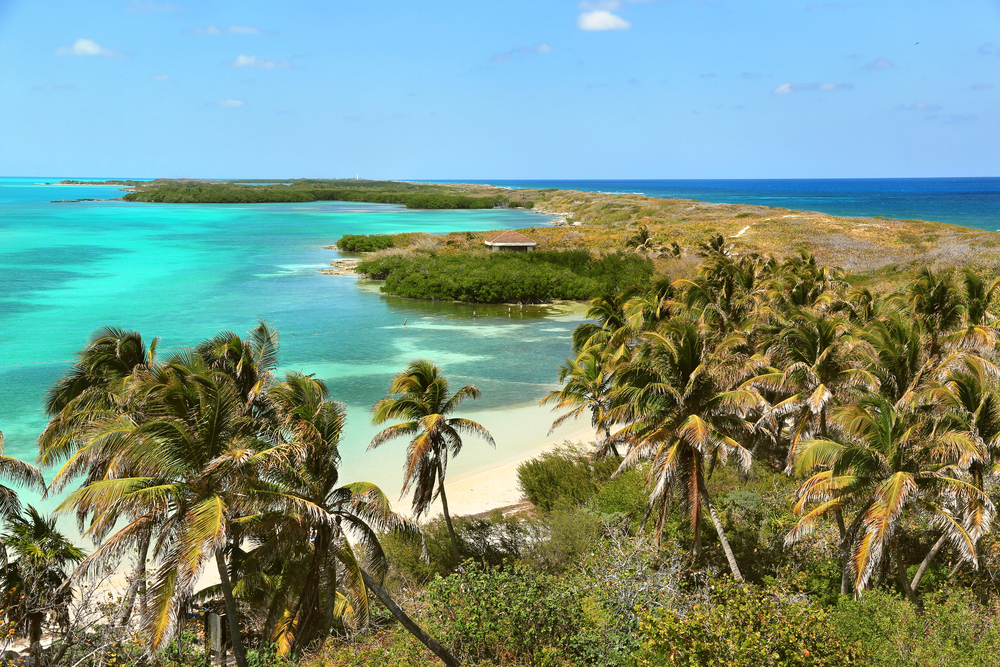
Isla Contoy National Park
